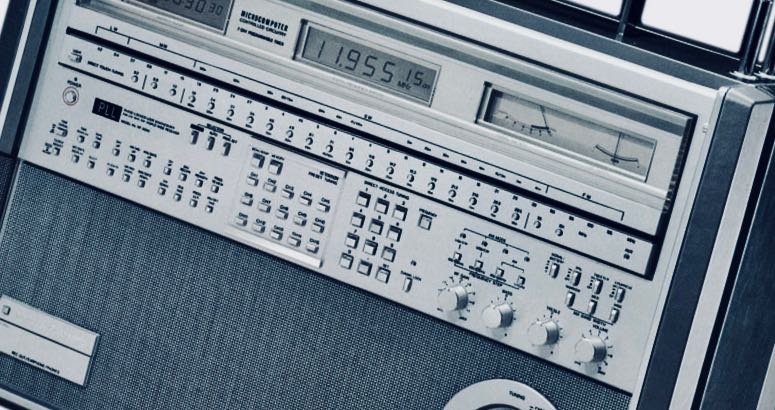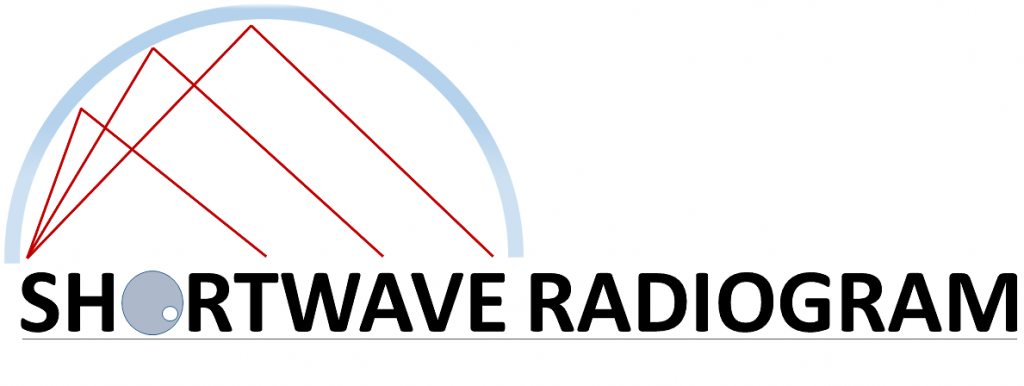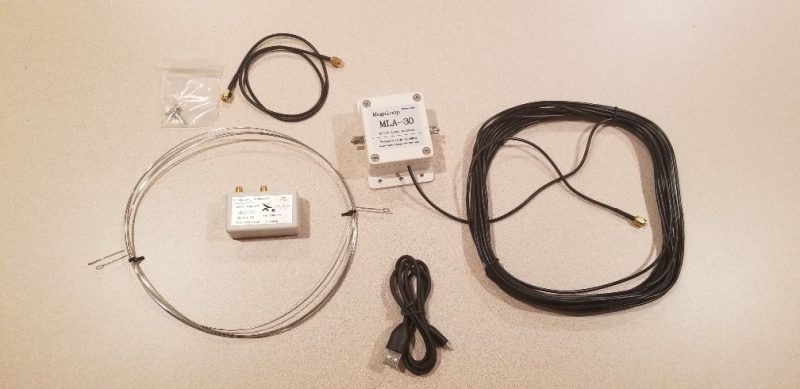In response to Paolo’s recent post regarding Internet scams, SWLing Post contributor, 13dka replies:
Sellers should be aware too: the same scammers have various schemes to scam sellers as well, and these fake ads play a role in those too, IIRC one popular variant is that the scammers try to buy your item, and offer the same thing on another platform in a different country, then they give their buyer your bank data to let them pay for your item, which gives them the advantage that they don’t even need a bank account to scam you. At the end the scammers have your item, the other buyer reverses the payment because he didn’t get anything.
Anyway, of course the same type of scams can be found with any article on the various “classifieds” platforms, also including eBay and Amazon’s “Marketplace” – RVs, cars, cellphones, computers, anything rare, collectible and/or vintage, pricey and sometimes even more common and cheaper things.
I noticed a serious wave of fake ads for guitars and other music gear on the German “eBay Kleinanzeigen” platform this year. One day I noticed several offers for vintage Gibson guitars usually sold in the $6,000-$10,000 range, each offered around 2,000, of course with pictures and article descriptions stolen from ended eBay auctions and US shops. It wasn’t only the price that wasn’t right, the descriptions being obviously translated from English was quite a dead giveaway. A few days later I found new offers like this and this went on and on, making me curious how many of those might be published every day.
To understand this properly, you need to consider that these “classifieds” are usually searched for local offers people can pick up personally, particularly with musical instruments that people often want to see, touch and try before buying. If I found that many fake offers just in my state, how many of those might show up in the entire country? In short, the amount of fake ads I found on a random sample basis (its impossible to survey the entire thing) was devastating. Even worse, I found that this extended to much less obvious, relatively low-priced current production instruments, also offered at prices that were only “attractive” or “very fair” and not obviously alarming.
A common denominator with all of these scams is indeed the stolen pictures from ended auctions and shops, and original article descriptions translated. You need a bit of “Google-Fu” to retrieve the origins of those and it takes a bit of common sense to distinguish fake offers and offers where the seller was just too lazy to take pics,. However, digging as deep as I could I found out that this musical instrument scamming goes on for at least 12 years now and there are so obvious similarities in the communication between sellers and buyers and shipping addresses that I think it’s the same scammers doing this successfully for that long time. The authorities are apparently over challenged and powerless due to the international character of the scam. Mind you, I checked only this one area of expertise I have and the result was alarming. The dark figure of scam attempts and actually scammed people might be incredibly high if I extrapolate this to all kinds of items.
If you want to stay on the safe side, just don’t try to buy stuff you can’t pick up yourself (or where the seller tries to avoid this by claiming he’s currently in some other country), don’t fall for surprisingly low prices offered by Amazon Marketplace dealers outside of your own country (like the brand new Icom 7300s offered for 599€ a while ago), on everything eBay/Kijiji/Gumtree/whatever try to check the seller’s reputation thoroughly so you don’t fall for 100% reputation scores gained from selling used baby clothing before the account was hacked and used to sell pricy things. If you have the faintest feeling of doubt, just let the deal pass. If you haven’t thoroughly read up on eBay scams et al, keep buying your stuff at local stores.
Thank you for sharing! All very sound advice. As for performing a little “Google-Fu” to find the source of an image, check out this tutorial on Google reverse image searches. Read the entire article as it describes doing this from tablets, phones and PCs. In addition to asking the seller to photograph something specific and unique on the item (like asking them to tune it to a specific frequency or to write their callsign on a card and include it with the item) I also perform a reverse image search anytime I’m purchasing from someone I don’t know.
Do you enjoy the SWLing Post?
Please consider supporting us via Patreon or our Coffee Fund!
Your support makes articles like this one possible. Thank you!








